Heavy lift drones showcase a unique capability to carry significant payloads, surpassing the limits of traditional drones. These advanced aerial vehicles are designed to transport large loads such as high-quality LiDAR systems, big sensors, or bulk cargo, with a maximum weight capacity of up to 500 kg. The performance of heavy lift drones is heavily dependent on their electric motors, which are essential for generating the necessary thrust. Whether you're an engineer or an enthusiast, this article will provide a comprehensive overview of large drone motors, including their types, key parameters, and how to choose the right one for your needs. Let's dive into the world of heavy lift drone motors and explore what makes them so powerful and efficient. A heavy lift drone motor is a propulsion system specifically designed for drones that need to carry substantial weights. Compared to standard consumer drones, these motors are more powerful and robust, ensuring sufficient thrust to manage heavy payloads. These drones are widely used in various industries, including agriculture, construction, cinematography, and logistics, where transporting large items is crucial. The PH-20 heavy-lift multirotor UAV is a prime example, equipped with high-efficiency brushless motors and powerful propellers capable of carrying up to 10kg for 70 minutes. Brushless motors for PH-20 heavy lift multi-rotor UAVs Heavy lift drones typically use high-powered brushless DC motors, known for their efficiency and ability to generate significant thrust. These motors are ideal for handling large payloads and are commonly used in applications like the PH-20 multirotor drone, which can carry up to 10kg with an endurance of 70 minutes. Key features of these motors include integrated cooling fans, high-temperature copper windings, and specialized bearings that enhance durability and performance. Brushless motors often use an "outrunner" design, where the rotor rotates outside the stator, increasing torque and making them suitable for heavy lift operations. Rotor and Stator of an Outrunner Electric Motor. Source from tytorobotics.com Another type of motor used in heavy lift drones is the counter-rotating motor setup, which uses a slip ring mechanism to harness energy from both active and reactive forces, improving overall efficiency. Selecting the right motors for a heavy lift drone is crucial for its performance, stability, and efficiency. Key factors include the drone's weight and frame size, the thrust-to-weight ratio, motor size, and the KV rating. Calculating the drone's total weight helps determine the appropriate frame size, while the thrust-to-weight ratio ensures the drone can lift off and carry its payload effectively. Motor size affects power and responsiveness, and the KV rating determines how fast the motor spins under a given voltage. Other considerations include the motor's torque, cooling capabilities, and compatibility with the drone's frame and ESC. Choosing the right motor involves balancing these factors to achieve optimal performance and reliability. Drone frame. Source from unsplash.com Choosing the right motor technology for heavy lift drones is vital for performance, efficiency, and reliability. Brushed DC motors rely on mechanical brushes and commutators, while brushless and AC motors use electronic mechanisms. Brushless DC (BLDC) motors are generally more efficient and durable, making them ideal for heavy lift applications. AC motors, on the other hand, offer good speed control but may lose torque at higher speeds. Brushed motors are simpler and cheaper but have shorter lifespans due to wear on the brushes. Brushed vs. brushless DC motor. Source from ato.com BLDC motors are preferred for their efficiency, clean operation, and long lifespan, making them a popular choice for heavy lift drones. They also offer better speed stability and can handle high torque requirements efficiently. Inrunner and outrunner motors are types of brushless DC (BLDC) motors. Outrunner motors have magnets on the outside of the stator coils, resulting in a rotating ring instead of a shaft. This design allows for higher torque within the same build volume, making them ideal for heavy lift applications. Inrunnder motor vs. outrunner motor. Source from tytorobotics.com Outrunner motors are preferred for heavy lift drones because they deliver more torque and have a simpler design compared to inrunner motors. They are also more efficient and reliable, making them a top choice for demanding applications. Heavy lift drone motors can range in price from $200 to $1,000, depending on the type, power rating, and quality. Brushed DC motors typically cost between $200 and $500, while brushless DC motors range from $300 to $1,000. AC motors are priced between $200 and $800. Electric motor. Source from unsplash.com Factors affecting the cost include the motor's power rating, materials used, and additional features like advanced control systems. Customization options can also increase the price. Understanding these factors helps in selecting the right motor for your specific needs and budget. Drones typically have multiple motors that serve different functions, such as providing thrust, controlling movement, and maintaining stability during flight. These motors are essential for achieving controlled and stable flight. Drones commonly use either brushless or brushed motors. Brushless motors are preferred for larger, high-performance models, while brushed motors are simpler and more cost-effective for smaller drones. KV ratings for drone motors typically range from 500 to 3000 or higher. Lower KV motors are suitable for heavier payloads, while higher KV motors are ideal for lighter, faster drones. The required RPM depends on the drone's size, weight, and propeller type. Toy drones usually operate between 10,000 and 15,000 RPM, while professional drones can exceed 20,000 RPM. A high-efficiency brushless motor minimizes energy loss and heat generation while maximizing power output. These motors are designed for optimal performance and longevity. Brushless motors typically range from 30 to 3000 watts, though some may fall outside this range depending on the application. Some high-performance brushless motors can reach speeds of 100,000 RPM or more, but practical limits depend on heat generation and component stress. A 3000W brushless motor can have a rated speed of 4900 rpm/min and a maximum speed of 6700 rpm/min. The electric motors in a quadcopter convert electrical energy into mechanical energy, spinning the propellers to generate lift and propulsion. The power output of an electric motor that lifts depends on the weight and height it lifts, as well as the time taken. It can be calculated using the formula: Power = Work / Time. Ice Cube Making Machine,Ice Cube Maker Machine,Ice Cube Machine Under Counter,Ice Cube Machine Water Dispendser JIANGMEN PRO-TAYLOR REFRIGERATION CO., LTD. , https://www.protaylor.comWhat is a Heavy Lift Drone Motor?
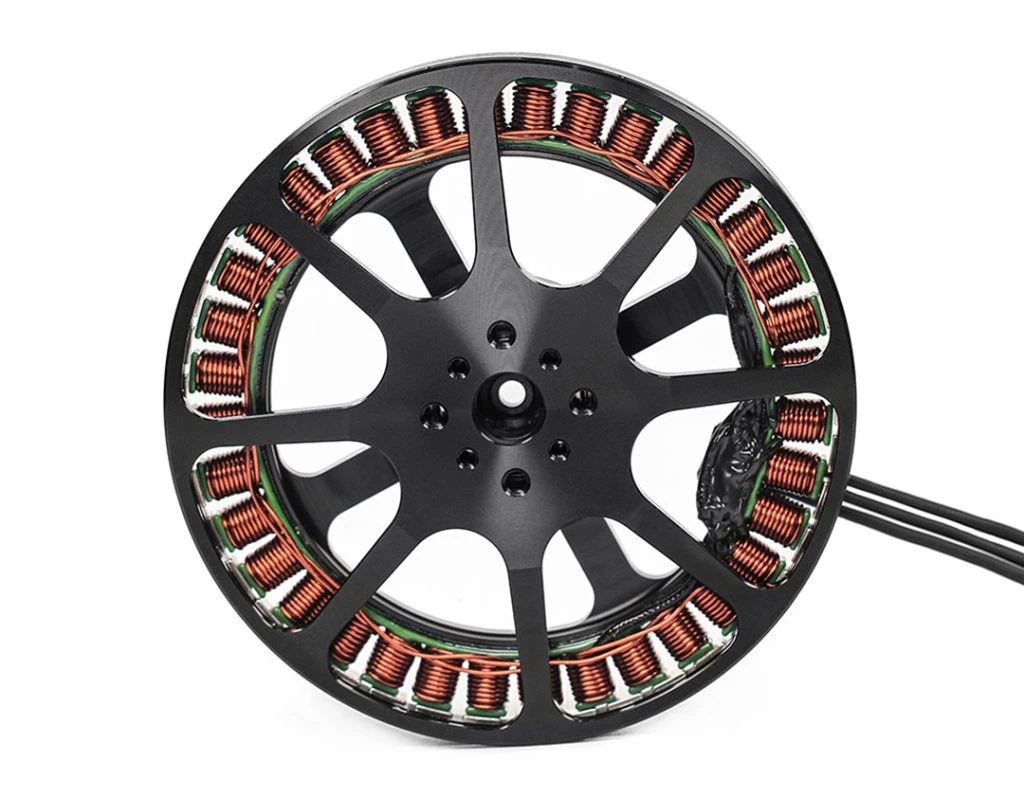
What Types of Motors are Used in Heavy Lift Drones?
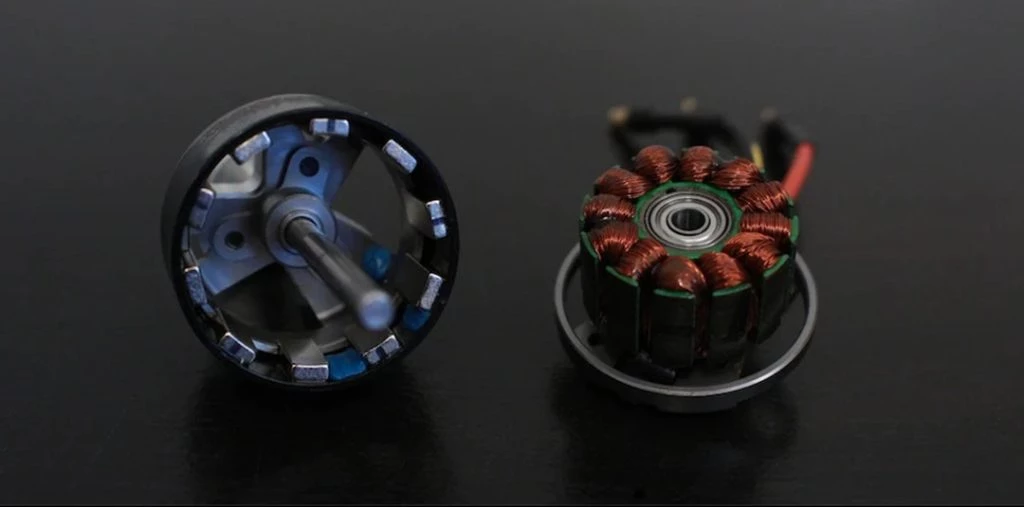
What to Consider When Choosing the Best Heavy Lift Drone Motors?
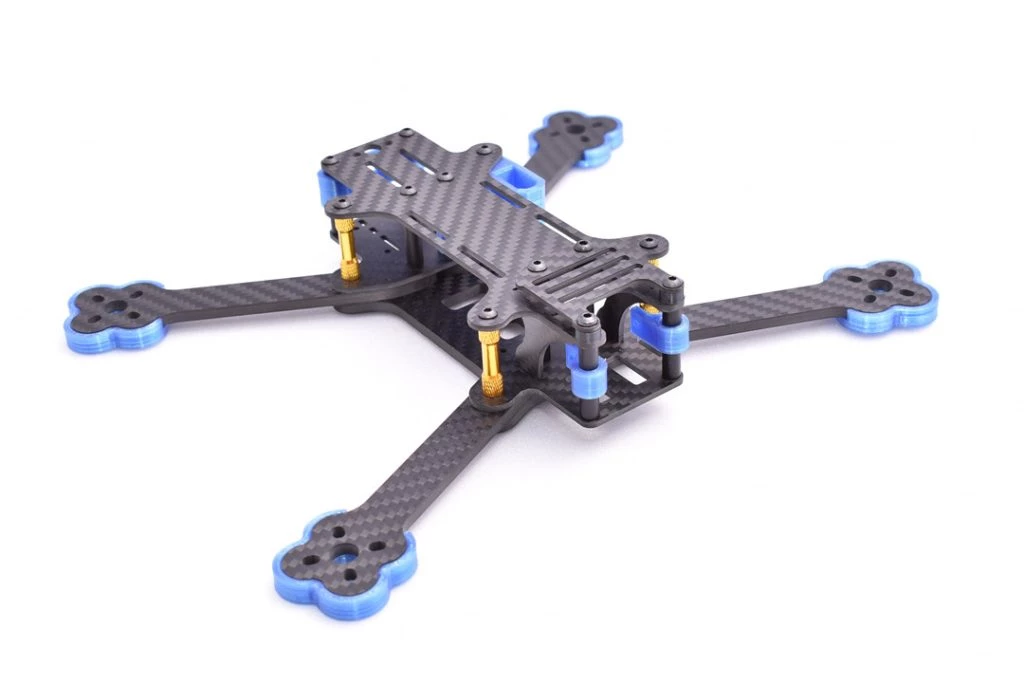
Brushless DC Motor vs. AC Motor vs. Brushed Motor
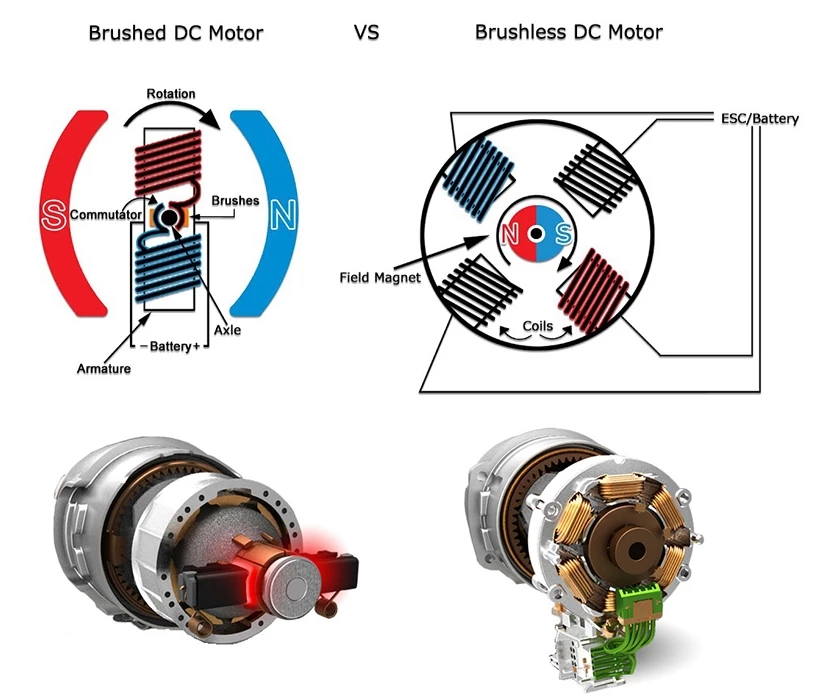
Inrunner vs. Outrunner Motors
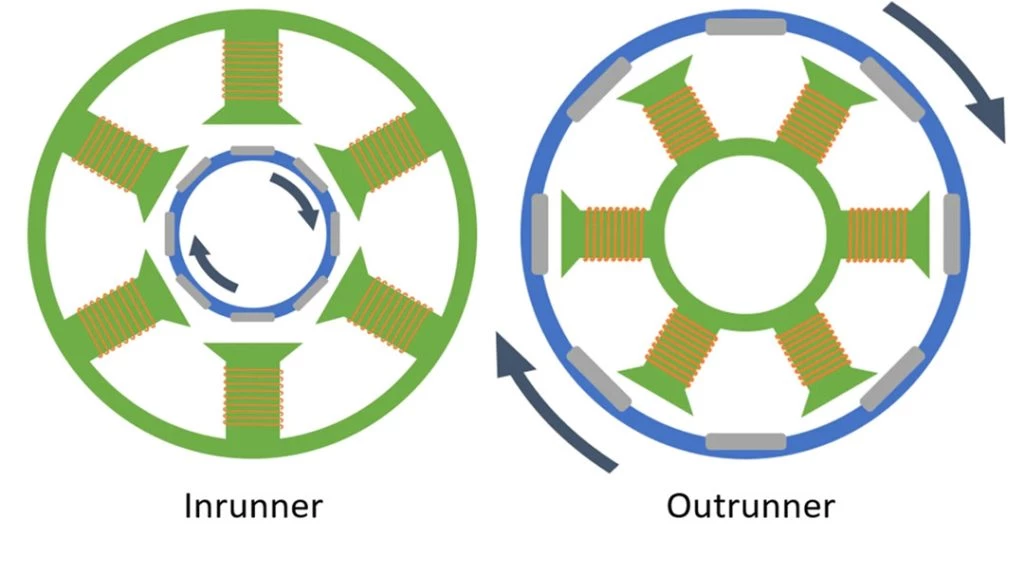
How Much Does Heavy Lift Drone Cost?
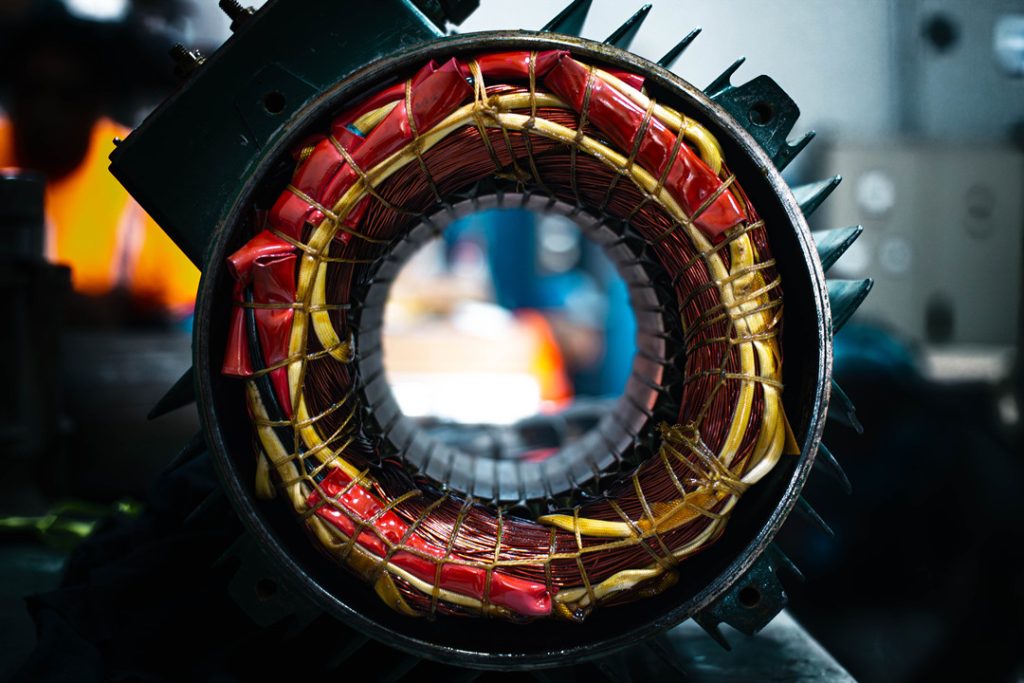
FAQ
What Are the Different Motors on a Drone?
What Types of Electric Motors are Used in Drones?
What Is a Good KV for a Drone Motor?
How Much RPM Motor Is Required for a Drone?
What is a High Efficiency Brushless Motor?
What is the Power Output of a Brushless Motor?
What is the Maximum Speed of a Brushless Motor?
How Fast is a 3000W Brushless Motor?
What are the Electric Motors in a Quadcopter for?
What is the Power Output of an Electric Motor that Lifts?
Ice Cube Making Machine,Ice Cube Maker Machine,Ice Cube Machine Under Counter,Ice Cube Machine Water Dispendser JIANGMEN PRO-TAYLOR REFRIGERATION CO., LTD. , https://www.protaylor.com